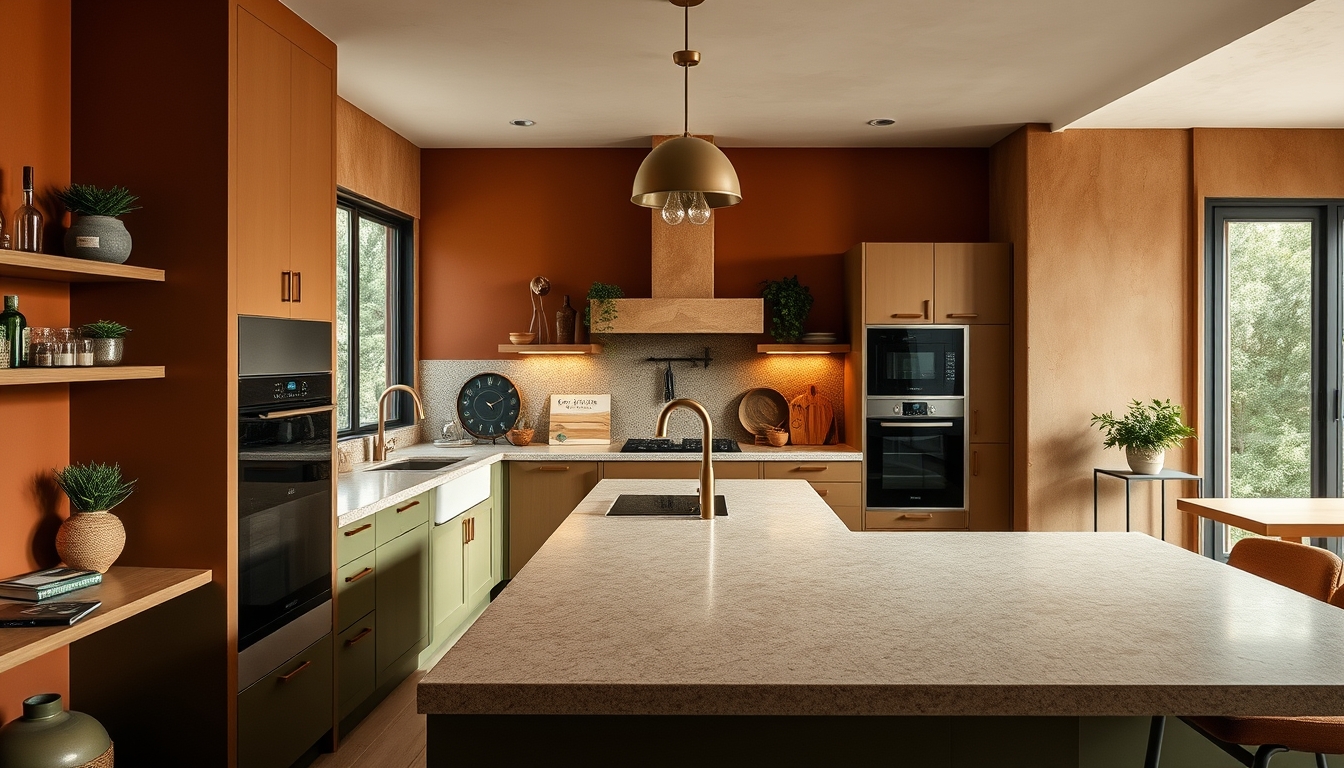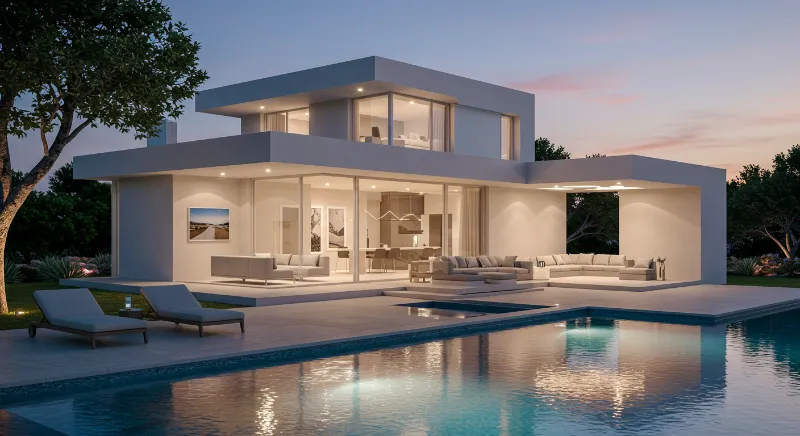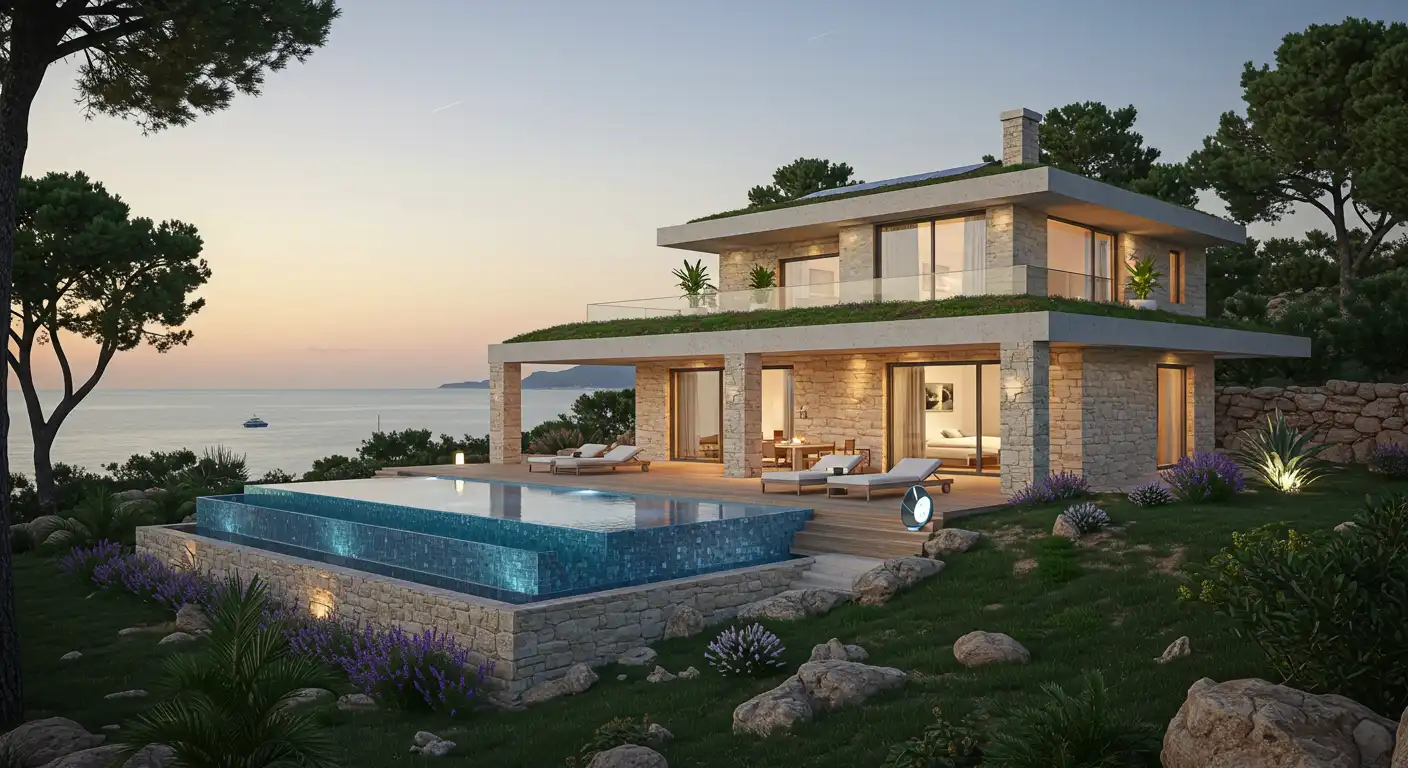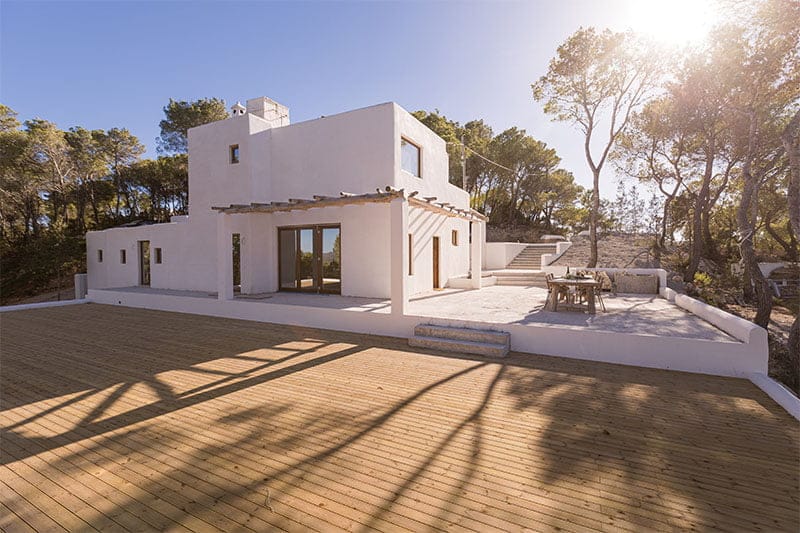Sustainable Building Materials
A Pillar for Conscious Development
Choosing sustainable building materials is not just a technical decision; it’s a deep commitment to the future of our planet. In the delicate harmony of islands and coastal areas, where biodiversity shines with unique intensity, construction must be more than an act of development. It must be an act of respect.
The Importance of Choosing with Awareness
- Respect for Nature: Islands and coasts are homes to complex and wonderful ecosystems. By choosing sustainable materials, we show deep respect for these environments, ensuring that our footprint is light and our contribution, positive.
- Commitment to the Future: Every material choice is a seed for the future. Opting for sustainable solutions is committing to preserving the beauty and diversity of the planet for future generations.
A Careful Approach to Construction
Construction in these areas is not just a technical challenge; it’s an opportunity to demonstrate how humanity can coexist harmoniously with the environment.
- Conscious Selection of Materials: The choice should fall on materials that minimize environmental impact, from extraction to end-of-life recycling or disposal.
- Support for the Local Economy: Prioritizing local materials not only reduces the carbon footprint but also fosters the economic development of the local community, creating a virtuous circle of sustainability.
- Promotion of Biodiversity: Using materials that naturally integrate with the environment helps preserve and, in some cases, enhance the biodiversity of these sensitive areas.
Benefits That Transcend Construction
The choice of sustainable building materials has an impact that goes far beyond mere construction. It’s a declaration of principles, a reflection of values that prioritize the well-being of the planet and its inhabitants.
- Environmental Sustainability: Every material chosen under sustainability criteria contributes to reducing pollution, conserving natural resources, and minimizing the carbon footprint.
- Benefit to Local Communities: By choosing local and sustainable materials, we are investing in the local economy and the well-being of the communities that inhabit these precious areas.
- Promotion of a Positive Legacy: Building with sustainable materials is leaving a legacy of respect and harmony with the environment, showing that a development benefiting both humanity and nature is possible.
At the intersection of innovation, ethics, and responsibility, sustainable building materials stand as fundamental pillars for a more promising future. Through them, we build not only structures but also a world where development and conservation go hand in hand, ensuring that the wonders of our islands and coasts are preserved for everyone’s awe and enjoyment.
Defining Sustainable Building Materials: Towards a Greener Future
Sustainable building materials represent much more than simple construction elements; they are testimonies of our capacity to live in harmony with the planet. Their life cycle, from cradle to grave, is designed to ensure that the legacy we leave is one of care, responsibility, and respect for the environment and human health.
Key Features of Sustainability
Sustainable building materials are distinguished by features that reflect a deep commitment to the future of our environment:
- Minimal Environmental Impact: We select materials that promise the least possible harm to our world, from the moment they are extracted until they reach the end of their life cycle.
- Embedded Energy: The amount of energy consumed to produce, transport, and apply these materials is rigorously low, thus reducing their carbon footprint.
- Recyclability: These materials are chosen for their ease of being recycled or reused, ensuring that their environmental impact is reduced even after their useful life.
- Durability: Longevity is a cornerstone; durable materials mean fewer replacements, less waste, and a reduction in the demand for resources.
- Responsible Sourcing: The story of each material matters. We prioritize those that come from ethical and sustainable sources, supporting responsible extraction and manufacturing practices.
- Impact on Health and the Environment: The safety of people and the protection of the natural environment are non-negotiable; we choose materials that promote a healthy environment for individuals and the planet.
A Commitment to the Present and the Future
By opting for sustainable building materials, we are taking an active stance in the fight against climate change and in the promotion of a more sustainable future:
- Reduction of the Ecological Footprint: Every decision counts in our mission to minimize the environmental impact of our constructions.
- Support for the Circular Economy: We promote practices that allow the reuse and recycling of materials, supporting an economic model that is based on renewal rather than the depletion of resources.
- Improvement of Quality of Life: Sustainable materials not only protect the planet but also offer safer and healthier environments for people.
- Legacy of Responsibility: Choosing sustainable materials is leaving a mark of care and consideration for future generations, demonstrating that it is possible to build in a conscious and respectful manner.
Choosing sustainable building materials is a powerful declaration of our values and aspirations as a society. It’s not just about building for today but also sowing the seeds for a greener and healthier world for tomorrow. Through these choices, we affirm our commitment not only to the environment but also to the health and well-being of the communities that these projects serve.
Criteria for the Selection of Sustainable Materials
When choosing sustainable building materials for projects on islands, it’s crucial to consider several criteria that ensure a minimal impact on the local environment:
- Low Environmental Impact: Prefer materials that require less energy for their production and transport, and that generate less pollution and waste.
- Local Resources: Using local materials not only reduces the carbon footprint associated with transport but also supports the local economy.
- Durability and Maintenance: Durable and low-maintenance materials extend the lifespan of the construction and reduce the need for frequent replacements.
- Recyclability and Reusability: Opt for materials that can be recycled or reused at the end of their life cycle, thus minimizing waste in landfills.
- Health and Safety: Select materials that do not emit toxic substances and ensure a healthy indoor environment for their occupants.
Examples of Sustainable Materials
- Bamboo: This fast-growing material is an excellent choice in tropical climates, standing out for its strength, flexibility, and low environmental impact.
- Certified Wood: Wood from sustainably managed sources and certified by recognized bodies ensures the protection of forests and their biodiversity.
- Local Stone: Using stone extracted responsibly in the vicinity reduces the carbon footprint and harmonizes construction with the natural environment.
- Concrete with Recycled Aggregates: Concrete that incorporates recycled materials decreases the demand for virgin resources and reduces construction waste.
- Non-toxic Paints and Finishes: Paints with low emissions of volatile organic compounds (VOCs) improve indoor air quality and are safer for the environment.
FAQs
Sustainable construction is crucial on islands due to their unique and often vulnerable ecosystems. Choosing sustainable materials helps preserve local biodiversity, reduces pollution, and ensures harmonious development with the natural environment.
The use of local materials minimizes the carbon footprint associated with the transport of construction materials and supports the local economy, contributing to the environmental and social sustainability of the island community.
Look for certifications such as FSC (Forest Stewardship Council) or PEFC (Programme for the Endorsement of Forest Certification), which guarantee that the wood comes from sustainably managed forests.
Although bamboo is most suited for tropical and subtropical climates, certain species can adapt to more temperate climates. It’s important to research the viability and necessary treatment for its use in your specific location.
Research the origin of the materials, look for sustainability certifications, and consider the complete life cycle of the material, from its production to its final disposal, to ensure its sustainability.
Initially, some sustainable materials may be more expensive than conventional options. However, their durability, lower maintenance needs, and long-term environmental benefits can result in a lower total cost over the project’s lifespan
Conclusion
Choosing sustainable building materials on the island is not just an ethical decision but also an investment in the future of our island ecosystems. By making informed decisions and considering the environmental impact of the materials, we contribute to the construction of spaces that respect and enrich the natural environment. Sustainability in construction is a path towards more







